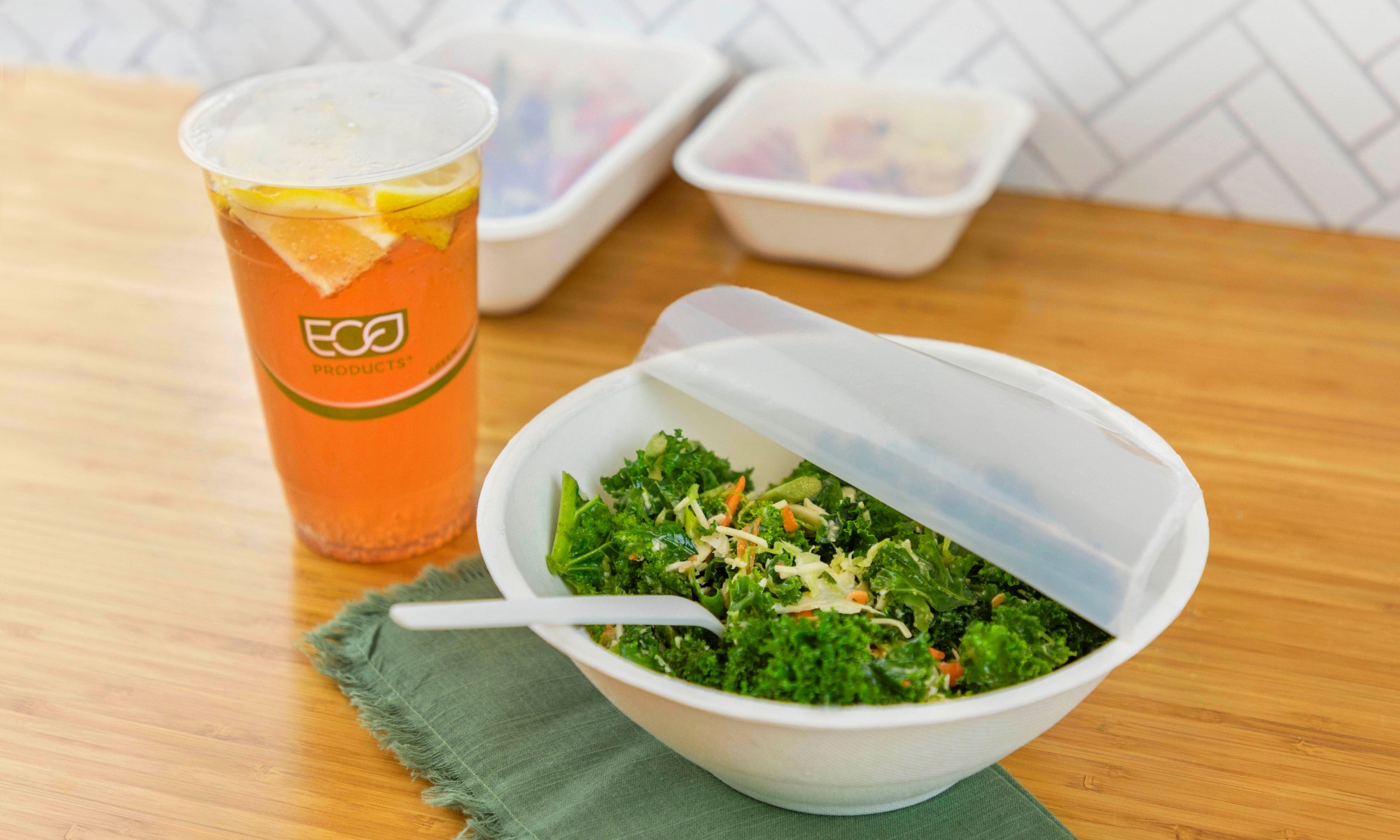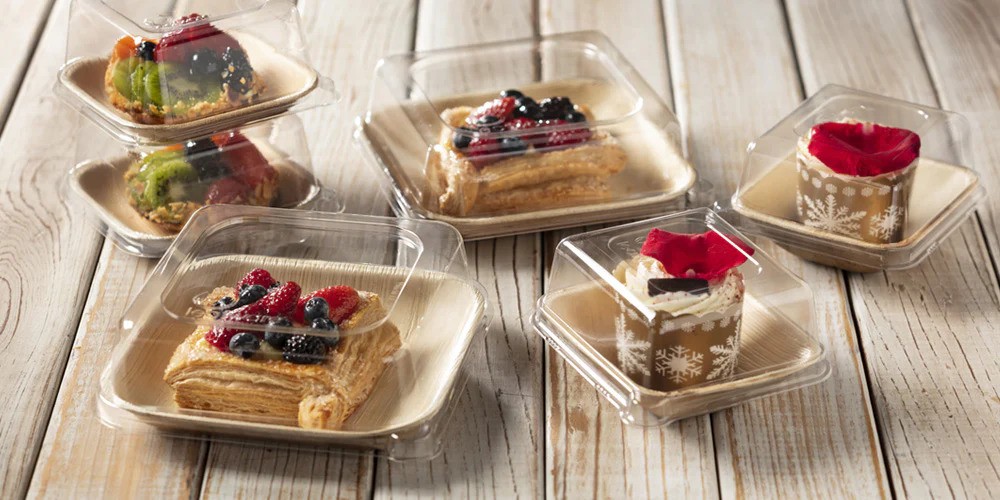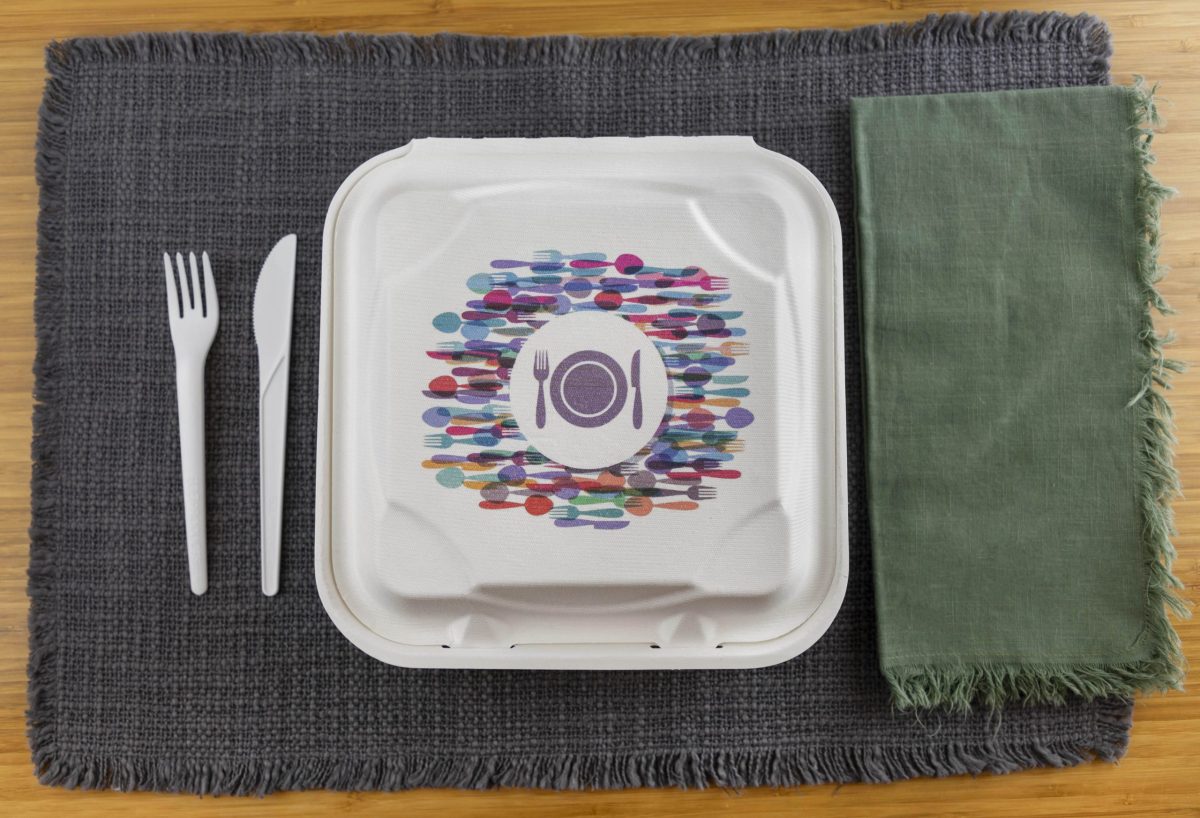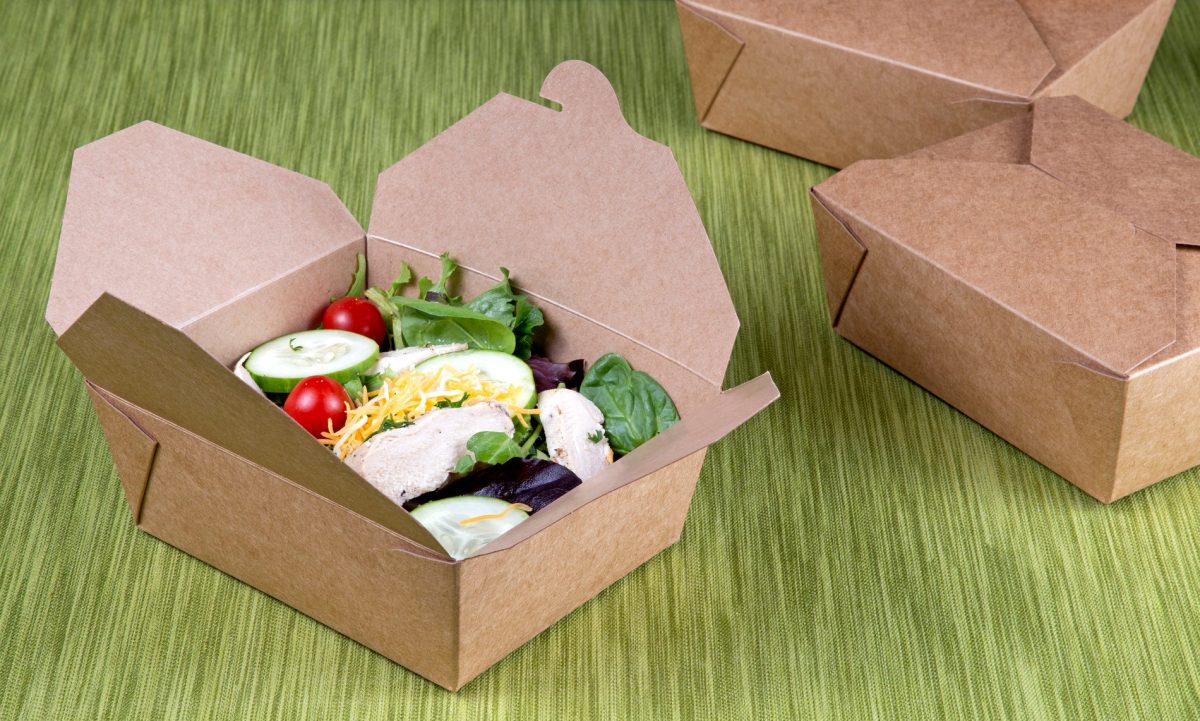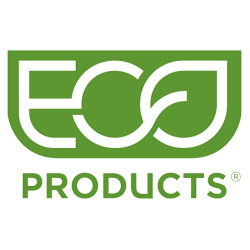You want your restaurant to provide easy and reliable takeout, yet you also want to be environmentally conscious.
So where do those two ideas intersect? With sustainable food packaging!
If you’re looking for some great ideas to bring your restaurant’s takeout packaging into the modern era of responsible eco-commerce, you’re in the right place.
Today we’re looking at 9 innovative sustainable food packaging solutions to reduce waste!
Sound interesting? Keep reading to find out more!
1. Edible Packaging
Edible packaging represents a groundbreaking and environmentally friendly solution to sustainable food packaging.
It uses natural, biodegradable materials such as seaweed, which is known for its versatility and minimal environmental impact.
Edible packaging offers the convenience of being consumed along with the product it houses, so it eliminates waste entirely. And for those who prefer not to eat it, the packaging can be easily composted, contributing positively to the cycle of sustainability.
The use of edible packaging is particularly effective in reducing the carbon footprint associated with traditional packaging materials.
2. Plant-Based Packaging
Plant-based packaging is making a significant mark in sustainable packaging solutions.
Derived from renewable resources such as corn starch, sugarcane, and potatoes, these materials offer an environmentally friendly alternative to conventional petroleum-based plastics.
The production of plant-based packaging typically results in a lower carbon footprint due to the sustainable nature of their raw materials.
And many of them are designed to be biodegradable or compostable, which helps address the issue of plastic pollution inherent in takeout packages.
3. Mushroom Packaging
When it comes to packaging takeout orders, mushroom packaging is an eco-friendly alternative to synthetic materials. It harnesses the natural properties of mycelium, the root structure of mushrooms.
This packaging solution stands out for its sustainability and biodegradability.
Mycelium grows by feeding on agricultural byproducts like corn stalks or husks, binding these materials into a solid yet lightweight form. Once harvested, it is dried and molded into various shapes and sizes, perfectly suited for packaging diverse products.
The real appeal of mushroom packaging lies in its compostable nature. After you use it for takeout boxes, it can be broken down in a home compost, leaving no harmful residues behind.
4. Algae-Based Packaging
Algae-based packaging, particularly derived from seaweed, is another groundbreaking solution in sustainable packaging.
Seaweed grows abundantly and quickly in marine environments without requiring freshwater or fertilizers. When processed, it can be transformed into a biodegradable material that serves as a feasible alternative to single-use plastics.
Algae-based packaging decomposes naturally, alleviating the burden of waste in landfills and oceans.
Its versatility allows for various applications, from thin films to sturdy containers, offering a practical solution for reducing plastic pollution.
Plus, algae packaging can be engineered to have properties like water resistance and varying degrees of rigidity. This makes it adaptable to a range of packaging needs.
5. Recycled Cardboard and Paper
Recycled cardboard and paper play a crucial role in sustainable food packaging. By utilizing recycled materials, the need for virgin paper pulp is significantly reduced.
Recycling paper and cardboard not only saves trees but also requires less energy and water compared to producing new paper products.
Plus, these materials are easily recyclable themselves, promoting a circular economy.
The versatility of recycled cardboard and paper is a key advantage, as they can be used in a wide variety of packaging formats, from boxes and cartons to protective padding and wrappers.
6. Compostable Biofilms
Compostable biofilms represent a significant advancement in sustainable packaging.
Made from biodegradable materials like plant cellulose, these thin films are really useful for wrapping a variety of food products.
Their unique composition allows them to break down naturally in a composting environment, turning into nutrient-rich soil without leaving harmful residues.
Compostable biofilms can be engineered to have moisture resistance, breathability, and strength. This makes them suitable for different packaging needs.
Although they may not be as durable as traditional plastics, ongoing research and development are constantly improving their performance and expanding their potential applications.
7. Palm Leaves
Palm leaves offer a sustainable and practical solution for food packaging, especially in the form of plates, bowls, and containers.
These products are made from naturally fallen leaves, ensuring that no trees are harmed in the process.
The leaves are collected, cleaned, and then molded into desired shapes using heat and pressure. This process is completely chemical-free, making the end products safe for food contact and environmentally friendly.
Palm leaf packaging is not only great as biodegradable and compostable takeout boxes, but it’s also sturdy and heat-resistant. This makes it suitable for a range of food types, including hot, wet, or oily dishes.
8. Beeswax Wraps
Beeswax wraps serve as a reusable and natural alternative to single-use plastic wraps.
Made from a combination of cotton fabric, beeswax, resin, and oil, these wraps are malleable and slightly adhesive. This allows them to form a seal around food or containers.
They are ideal for wrapping items directly, like cheese, fruits, vegetables, or covering bowls.
Beeswax wraps are not only biodegradable but also have natural antibacterial properties, helping to keep food fresh for longer.
After use, they can be washed with cold water and mild soap and reused multiple times.
9. Bamboo
Bamboo packaging is rapidly gaining popularity due to its sustainability and versatility.
Bamboo grows quickly and doesn’t require fertilizers or pesticides, making it an environmentally friendly choice.
It can be used to create a variety of packaging products, ranging from containers and cutlery to trays and even fabric for bags.
Bamboo’s natural strength and durability make it an excellent material for food packaging. Plus, bamboo is biodegradable, decomposing back into the soil without causing harm to the environment.
This feature is particularly important in reducing the impact of waste in landfills and oceans. The aesthetic appeal of bamboo, with its natural and elegant look, also adds to its desirability.
Sustainable Food Packaging
As you can see, your options are growing every day when it comes to sustainable food packaging.
More and more restaurants are joining this eco-friendly trend, so why shouldn’t you?
If you’re looking for a guide through the world of sustainable packaging, we can help!
